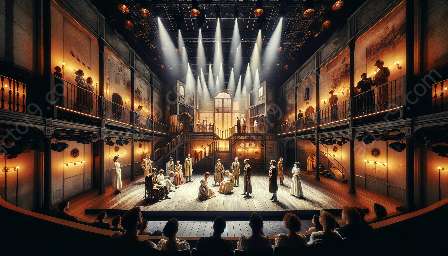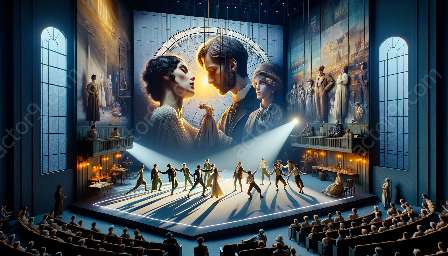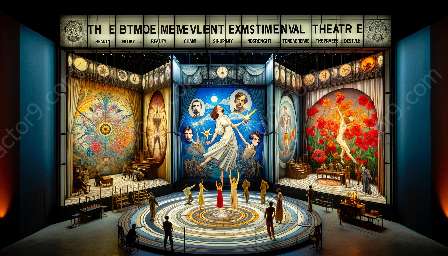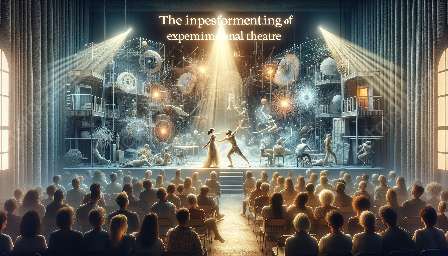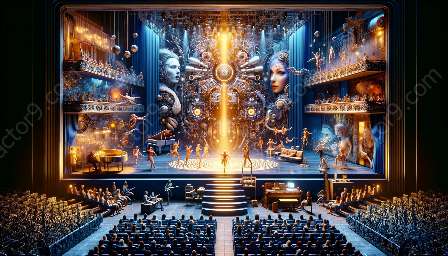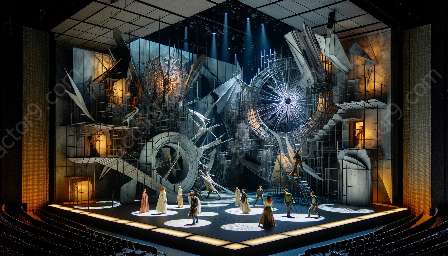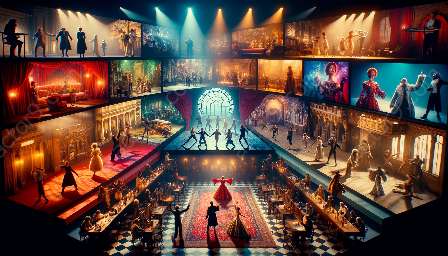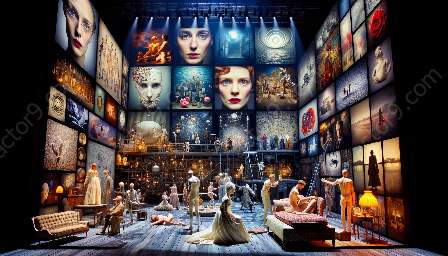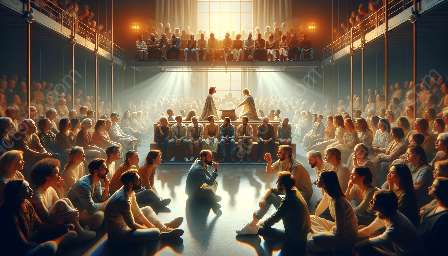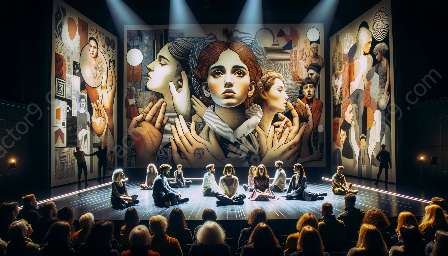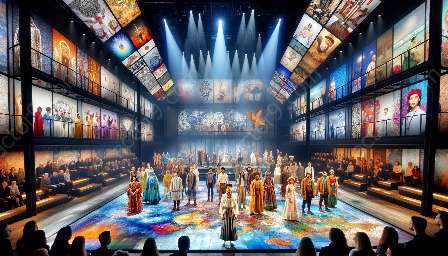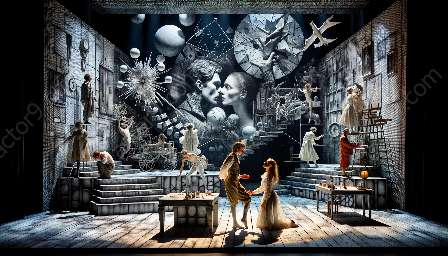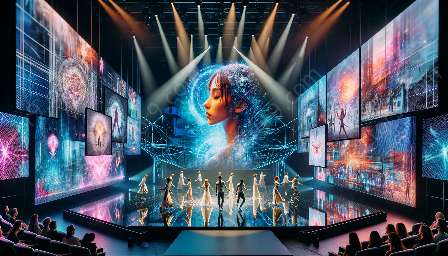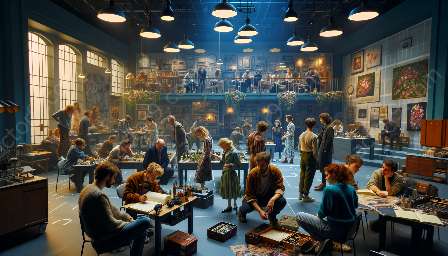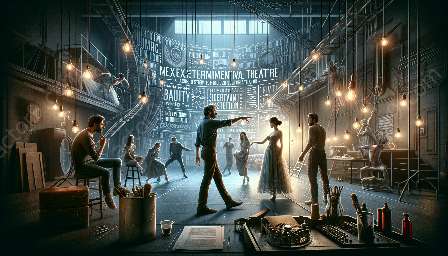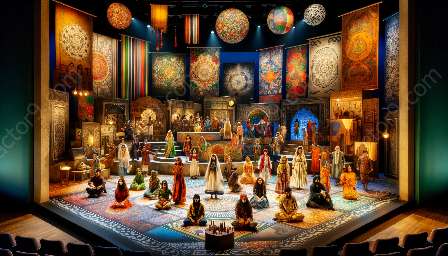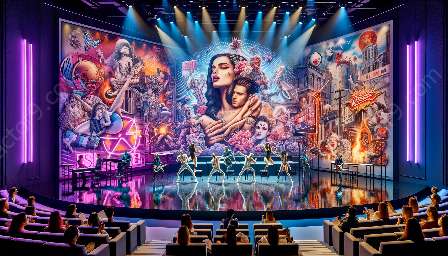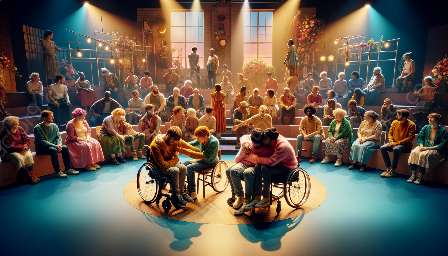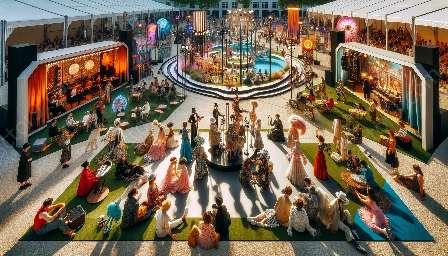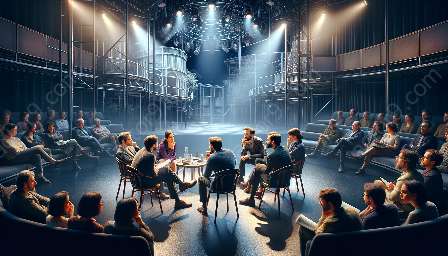Experimental theatre has a rich history of pushing boundaries and challenging traditional norms, and its future directions promise to be just as revolutionary. In this article, we will explore the evolution of experimental theatre as a form of artistic expression, its impact on the arts, and the future directions it might take.
The History of Experimental Theatre
Experimental theatre has roots in the avant-garde movements of the late 19th and early 20th centuries, with artists seeking to break away from conventional theatrical forms and explore new ways of storytelling and expression. Figures like Antonin Artaud and Bertolt Brecht were instrumental in shaping the early development of experimental theatre, introducing radical ideas about performance, audience engagement, and the purpose of theatre itself.
Key Moments and Movements
In the mid-20th century, experimental theatre saw further evolution with the emergence of movements such as the Theatre of the Absurd, which challenged traditional dramatic structure and narrative, and the Living Theatre, a pioneering group known for their politically charged performances and innovative use of space and participation. These movements laid the groundwork for the exploration of unconventional performance styles, themes, and approaches that continue to shape experimental theatre today.
Current State of Experimental Theatre
Today, experimental theatre exists as a dynamic and diverse form of artistic expression, encompassing a wide range of practices and approaches. From immersive and interactive performances to site-specific and multidisciplinary productions, experimental theatre continues to defy expectations and blur the boundaries between performer and audience, reality and fiction, and tradition and innovation.
Impact and Influence
Experimental theatre has had a profound impact on the broader arts landscape, inspiring artists across various disciplines to push the limits of creative expression and challenge conventional aesthetics. Its influence can be seen in the rise of immersive experiences, participatory art, and interdisciplinary collaborations, as well as in the ongoing dialogue about the purpose and potential of theatre in contemporary society.
The Future of Experimental Theatre
Looking ahead, experimental theatre is poised to continue evolving and expanding its possibilities as a form of artistic expression. One future direction involves the exploration of technology and digital platforms as tools for creating immersive and interactive performance experiences. Virtual reality, augmented reality, and other digital innovations offer new avenues for experimenting with audience engagement, spatial design, and storytelling, opening up exciting possibilities for the future of experimental theatre.
Interdisciplinary Collaborations
Another promising direction for experimental theatre lies in fostering interdisciplinary collaborations that merge the boundaries of theatre with other art forms such as visual arts, music, dance, and technology. By breaking down silos and sharing resources, artists can create boundary-pushing works that defy categorization and open up new dimensions of artistic expression and audience engagement.
Conclusion
Experimental theatre has come a long way from its early roots and continues to reinvent itself, keeping the spirit of experimentation and innovation alive. As it looks towards the future, experimental theatre holds immense potential for reshaping the landscape of artistic expression and challenging our perceptions of what theatre can be. By embracing new technologies, interdisciplinary collaborations, and unconventional approaches, experimental theatre is poised to remain a powerful force in the ever-changing world of the arts.

